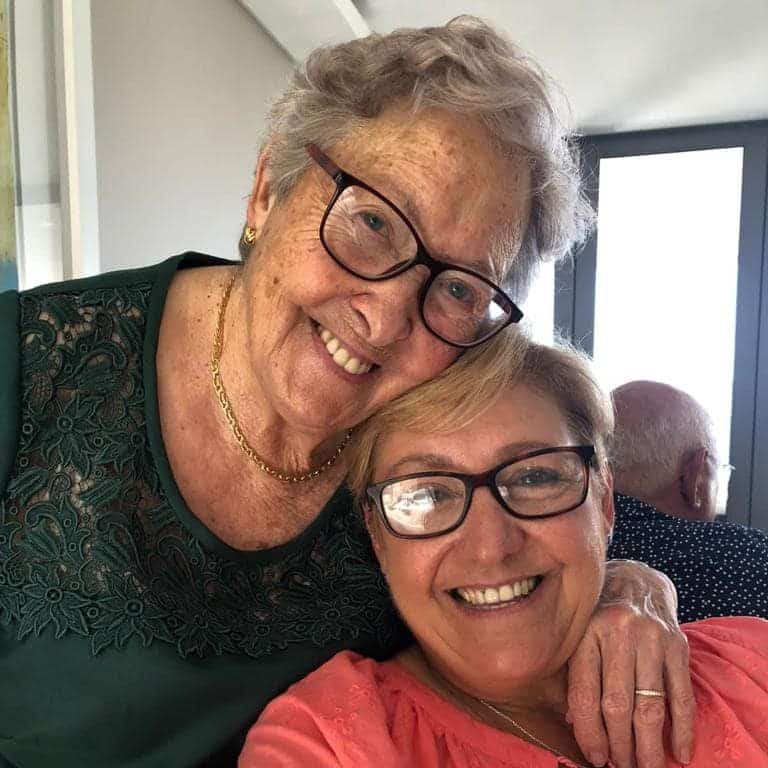- Advanced Pain Management
Advanced Pain Management in Barrie – Fast & Effective Relief
Explore Our Unique Approach to Pain Relief. Crafted by Experts Across Multiple Disciplines
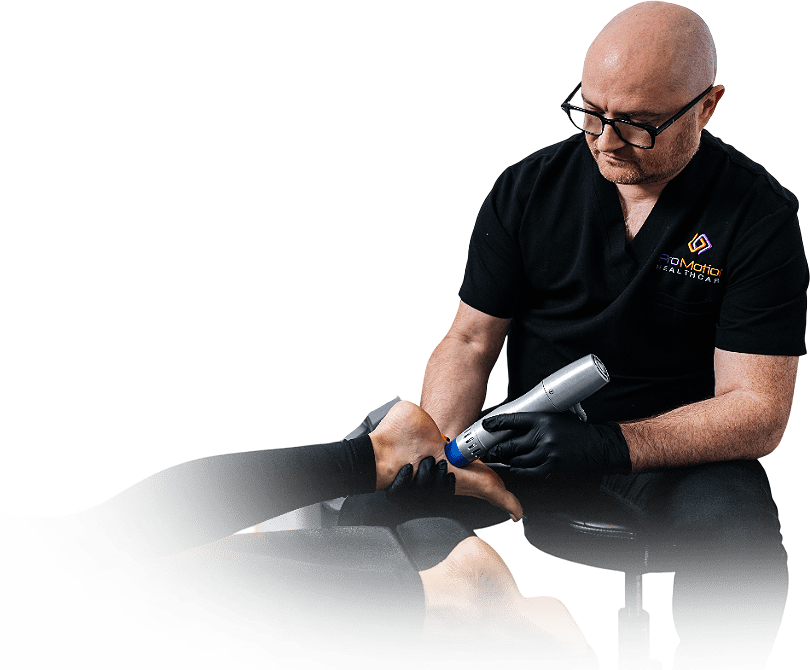

ProMotion Healthcare
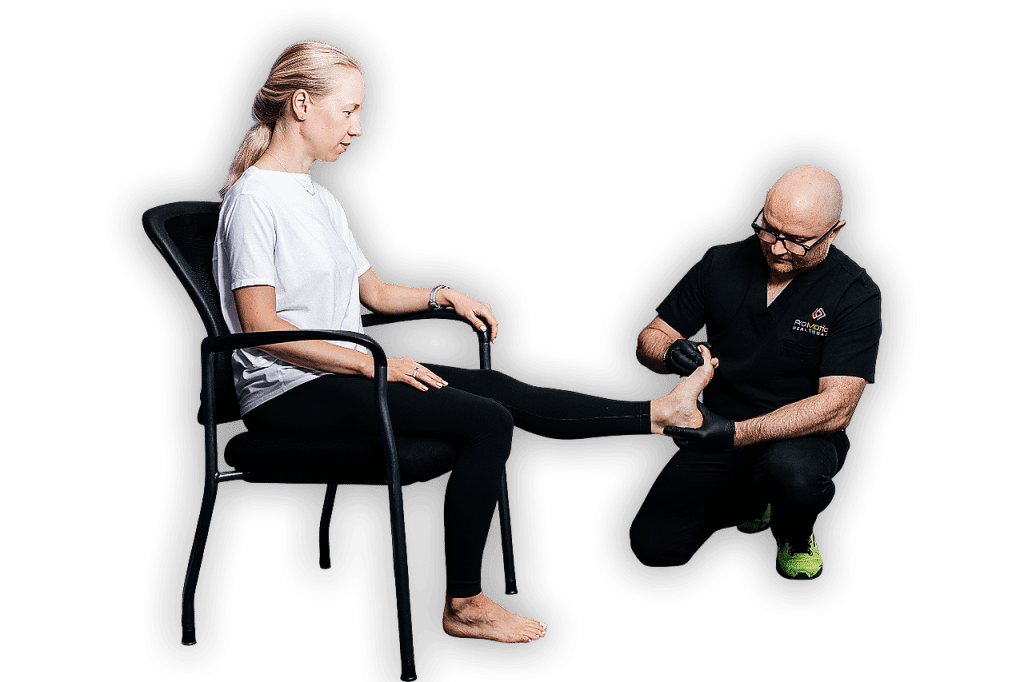

Advanced Pain Management in Barrie
At Pro Motion Healthcare in Barrie, our Advanced Pain Treatment Protocols (APTP) were developed over 10 years by a multidisciplinary team—including chiropractors, physiotherapists, naturopaths, acupuncturists, pedorthists, massage therapists, medical doctors, and nurse practitioners.
Using state-of-the-art technology such as Low-Level Laser Therapy, Shockwave Therapy, and High-Frequency Magnetic Field Therapy (EMTT), we deliver effective, research-backed solutions for a wide range of pain conditions.
Our Pain Management Program has helped thousands of patients recover from sports injuries, manage chronic and age-related pain, and find relief from acute conditions. Each plan is customized to your needs and typically spans 4 to 10 sessions, with progress closely monitored and treatments adjusted accordingly.

Our 4-Step Pain Management Process
01
Initial
Assessment
A comprehensive evaluation by our physiotherapist to understand your medical history and identify the root cause of your pain.
02
Personalized
Treatment Plan
Development of a customized strategy incorporating various therapies suited to your condition.
03
Therapeutic
Interventions
Implementation of targeted treatments, including physiotherapy, acupuncture, shockwave therapy, and more.
04
Ongoing
Support
Regular follow-ups to monitor progress and adjust treatments as necessary for optimal outcomes.
Understanding Advanced Pain Treatment Protocols (APTP)
Physiotherapist Evaluation
A thorough examination by a physiotherapist will be the first step. This will include reviewing the patient’s medical history, a physical examination of the neck area, and possibly movement and posture analysis to identify the root cause of the neck pain.
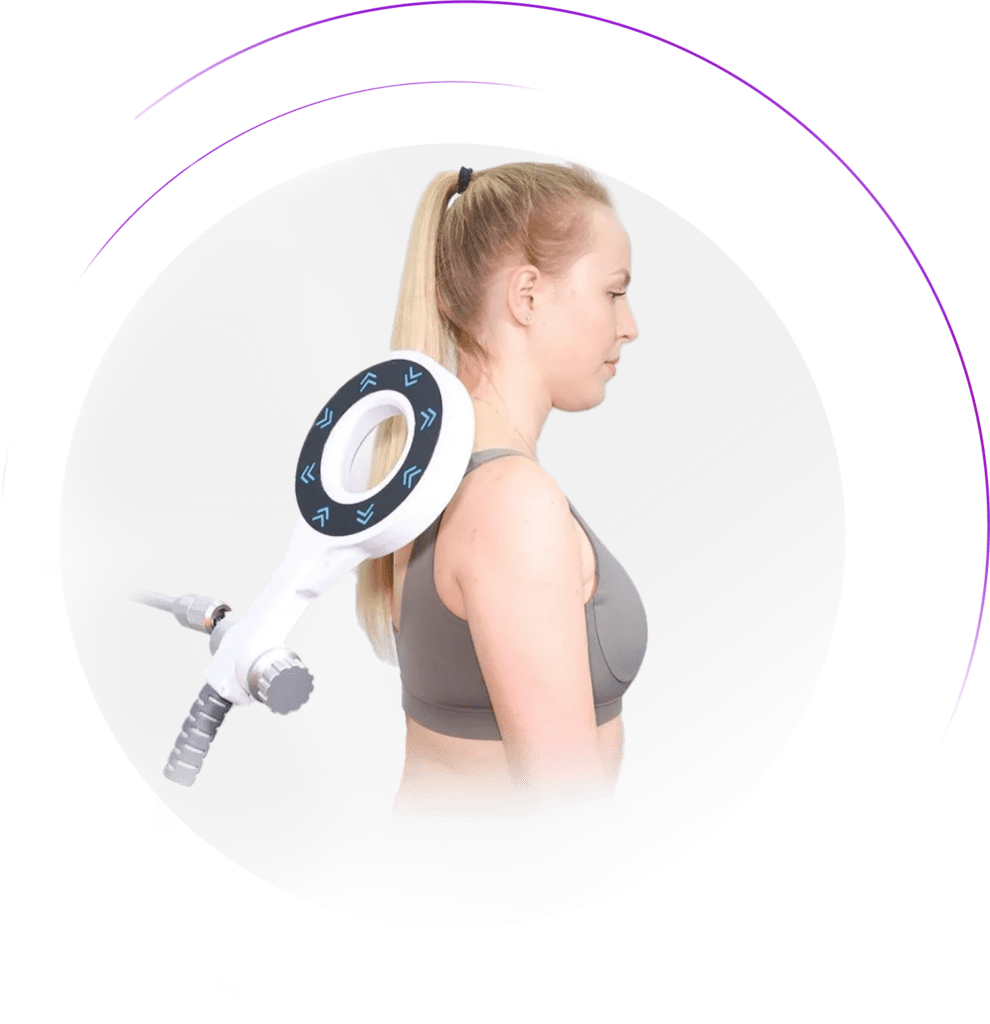
Your Treatment Plan Will Include
01 Physiotherapy
-
Description:
Hands-on therapy, specific exercises, and treatments like acupuncture, shockwave therapy or cold therapy are used to ease neck pain, improve movement, and strengthen muscles. These methods help reduce pain, improve flexibility, and prevent future problems. -
Benefits:
Promotes the recovery of injured tissue, reduces inflammation, and alleviates pain, making movement easier.
02 Shock Wave Therapy
-
Description:
A non-invasive procedure using sound waves to stimulate healing in painful areas. -
Benefits:
Promotes the recovery of injured tissue, reduces inflammation, and alleviates pain, making movement easier..
03 Extracorporeal Magnetotransduction Therapy (EMTT)
-
Description:
This therapy employs magnetic fields to encourage cellular repair and regeneration in affected tissues. -
Benefits:
Enhances tissue healing, decreases inflammation, and provides relief from chronic pain, improving neck function and mobility.
04 Acupuncture
-
Description:
An ancient technique involving the insertion of very thin needles through the skin at strategic points on the body. -
Benefits:
Stimulates the body’s natural healing processes, can reduce pain and muscle tension, and improve circulation in the neck area, offering a sense of relaxation and well-being.
05 Cold Laser Therapy
-
Description:
Also known as Low-Level Laser Therapy (LLLT), this modality uses low-intensity lasers or light-emitting diodes (LEDs) to help relieve pain and stimulate and enhance cell function. -
Benefits:
Aids in reducing swelling and inflammation, promotes healing in soft tissues, and diminishes pain without the need for heat, making it a gentle option for sensitive areas like the neck.
Physiotherapist Evaluation
The initial step involves a comprehensive assessment by a physiotherapist, encompassing a review of the patient’s medical history, a physical examination of the shoulder, and an evaluation of mobility, strength, and pain levels to identify the underlying causes of shoulder discomfort.
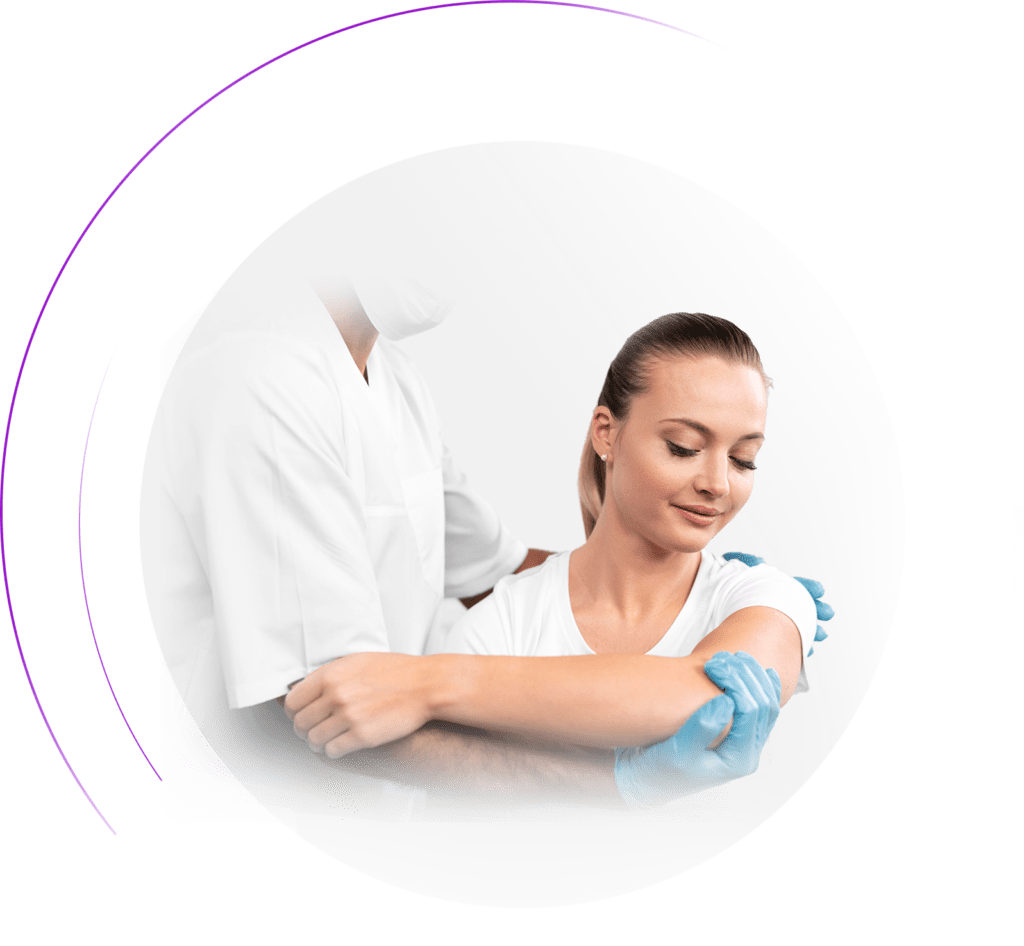
Your Treatment Plan Will Include
01 Physiotherapy
-
Description:
Tailored exercises, soft tissue techniques, exercises, and treatments are combined to ease shoulder pain, improve movement, and strengthen muscles. These methods help reduce pain, enhance flexibility, and prevent future issues. -
Benefits:
Helps in reducing pain and inflammation, restoring function, and preventing future occurrences of heel and arch pain through targeted therapeutic techniques and exercises.
02 Acupuncture
-
Description:
An ancient practice that involves inserting very fine needles into specific points on the body to stimulate healing and pain relief. -
Benefits:
Encourages the body’s natural healing processes, reduces muscle tension and pain in the shoulder, and can improve blood flow and relaxation in the treated area.
03 Extracorporeal Magnetotransduction Therapy (EMTT)
-
Description:
This therapy employs magnetic fields to encourage cellular repair and regeneration in affected tissues. -
Benefits:
Enhances tissue healing, decreases inflammation, and provides relief from chronic pain, improving neck function and mobility.
04 Shock Wave Therapy
-
Description:
A non-invasive technique that employs sound waves to promote healing in the affected shoulder area. -
Benefits:
Aids in the recovery of damaged tissue, decreases inflammation, and alleviates pain, enhancing shoulder mobility and function.
05 Cold Laser Therapy
-
Description:
Also known as Low-Level Laser Therapy (LLLT), this involves the application of low-intensity lasers to assist in pain relief and cell function enhancement. -
Benefits:
Helps in reducing swelling and inflammation, accelerates healing in soft tissues, and minimizes pain, making it especially suitable for sensitive areas like the shoulder.
Physiotherapist Evaluation
The first step is a thorough examination by a physiotherapist. This includes reviewing the patient’s medical history, a physical examination of the lower back and surrounding areas, and possibly movement and posture analysis to identify the root cause of the lower back pain.
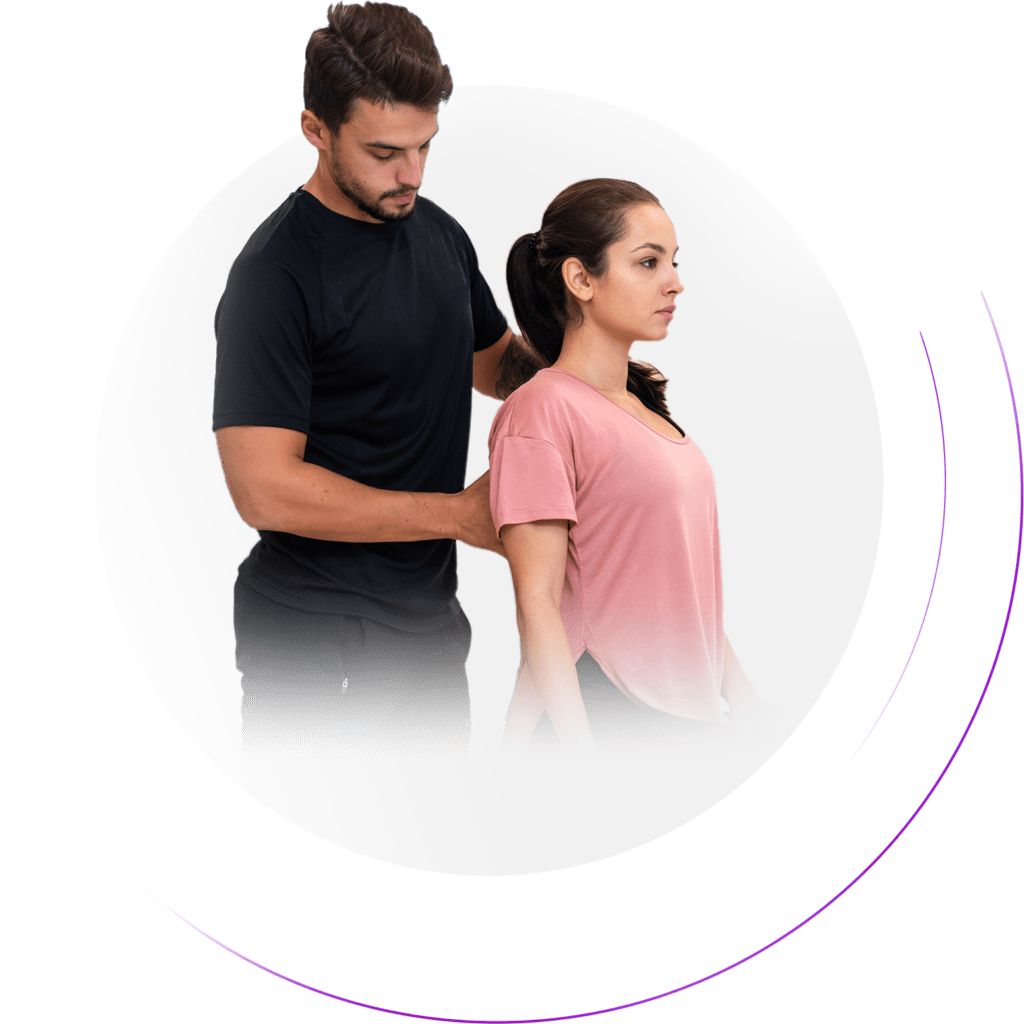
Your Treatment Plan Will Include
01 Physiotherapy
-
Description:
A blend of core strengthening exercises, spinal adjustments, and treatments like Physiotherapy, Cold Laser Therapy, or Acupuncture to ease lower back pain, improve movement, and strengthen core muscles. These methods help reduce pain, enhance mobility, and prevent future issues. -
Benefits:
Helps in reducing pain and inflammation, restoring function, and preventing future occurrences of heel and arch pain through targeted therapeutic techniques and exercises.
02 Cold Laser Therapy
-
Description:
Also known as Low-Level Laser Therapy (LLLT), this modality uses low-intensity laser light to reduce pain and inflammation and promote tissue repair. -
Benefits:
Effective in reducing inflammation and pain in the lower back and sciatic area, facilitating faster recovery, and enhancing mobility without the need for invasive treatments.
03 3D Foot Scan and Gait Assessment
-
Description:
Utilizes advanced 3D imaging technology to analyze foot structure and walking patterns, identifying any abnormalities or imbalances that may contribute to back pain or sciatica. -
Benefits:
Provides precise insights into how foot mechanics and gait may be affecting spinal alignment and pain, allowing for targeted interventions to correct these imbalances and alleviate stress on the back.
04 Extracorporeal Magnetotransduction Therapy (EMTT)
-
Description:
This therapy employs magnetic fields to encourage cellular repair and regeneration in the affected back and sciatic nerve areas. -
Benefits:
Enhances tissue healing, decreases inflammation, and provides relief from chronic back pain and sciatica, improving mobility and quality of life.
05 Acupuncture
-
Description:
Involves the insertion of fine needles into specific points on the body to stimulate healing processes and pain relief. -
Benefits:
Activates the body’s natural pain-relieving mechanisms, reduces muscle tension associated with back pain and sciatica, and promotes relaxation and well-being.
Physiotherapist Evaluation
The process begins with an extensive consultation by a physiotherapist. This involves evaluating the patient’s medical history, conducting a physical examination of the knee and related structures, and potentially analyzing gait and movement to pinpoint the source of the knee pain.

Your Treatment Plan Will Include
01 Physiotherapy
-
Description:
Hands-on therapy, targeted exercises, and treatments are used to ease knee pain, improve joint movement, and strengthen muscles. These methods help reduce pain, enhance flexibility, and prevent future problems. -
Benefits:
Reduces knee pain and swelling, improves joint movement, and prevents future knee problems by making muscles stronger.
02 Shock Wave Therapy
-
Description:
A non-invasive procedure using sound waves to stimulate healing in painful areas. -
Benefits:
Promotes recovery of injured tissue, reduces inflammation, and alleviates pain, making movement easier.
03 Extracorporeal Magnetotransduction Therapy (EMTT)
-
Description:
This therapy employs magnetic fields to encourage cellular repair and regeneration in affected tissues. -
Benefits:
Enhances tissue healing, decreases inflammation, and provides relief from chronic pain, improving neck function and mobility.
04 Acupuncture
-
Description:
An ancient technique involving the insertion of very thin needles through the skin at strategic points on the body. -
Benefits:
Stimulates the body’s natural healing processes, can reduce pain and muscle tension, and improve circulation in the neck area, offering a sense of relaxation and well-being.
05 Cold Laser Therapy
-
Description:
Also known as Low-Level Laser Therapy (LLLT), this modality uses low-intensity lasers or light-emitting diodes (LEDs) to help relieve pain and stimulate and enhance cell function. -
Benefits:
Aids in reducing swelling and inflammation, promotes healing in soft tissues, and diminishes pain without the need for heat, making it a gentle option for sensitive areas like the neck.
Physiotherapist Evaluation
The initial step involves a thorough assessment by a physiotherapist, which will include a review of medical history, conducting a physical examination of the foot, and assessing symptoms to accurately diagnose the cause of heel and arch pain.

Your Treatment Plan Will Include
01 Physiotherapy
-
Description:
A combination of manual therapy, exercises, and modalities tailored to alleviate pain, improve mobility, and strengthen the muscles supporting the heel and arch. -
Benefits:
Helps in reducing pain and inflammation, restoring function, and preventing future occurrences of heel and arch pain through targeted therapeutic techniques and exercises.
02 Shock Wave Therapy
-
Description:
A non-invasive procedure that uses sound waves to stimulate healing in painful areas of the heel and arch. NO Extra Charge -
Benefits:
Promotes the healing of damaged tissue, reduces inflammation, and alleviates pain, leading to improved mobility and comfort.
03 FREE 3D Foot Scan
-
Description:
Utilizes cutting-edge 3D imaging technology to capture detailed images of the foot, identifying any structural abnormalities or alignment issues contributing to heel and arch pain. -
Benefits:
Provides precise insights into foot mechanics and structural issues, allowing for the development of customized orthotics or targeted interventions to correct underlying problems and alleviate pain.
04 FREE Shoe Assessment
-
Description:
An evaluation of the patient’s footwear to determine its suitability and impact on heel and arch pain, considering factors like support, cushioning, and fit. -
Benefits:
Identifies inappropriate footwear contributing to pain and provides recommendations for shoes that offer proper support and alignment, helping to relieve pain and prevent further injury.

we deliver effective, research-backed solutions.

FAQ'S
About
Pain Management in Barrie
Code
Accordion Content
What types of pain do you treat?
We treat various conditions, including neck, back, shoulder, knee, and foot pain, as well as sports injuries and arthritis-related discomfort.
Are your treatments covered by insurance?
Many of our services are covered by extended health insurance plans. We can assist you in verifying your coverage.
How soon can I expect relief?
Many patients experience improvement within a few sessions, though results vary depending on the individual and condition.
Do I need a referral to start treatment?
No referral is necessary. You can book a consultation directly with us.
What should I bring to my first appointment?
Please bring any relevant medical records, a list of current medications, and be prepared to discuss your health history and goals.

we treat what others can't

testimonials
Real Stories
Real people
“Pro Motion’s bunion braces therapy has been a lifesaver for me. After struggling with bunion pain for years, I finally found relief with their personalized approach. Thank you, Pro Motion!”
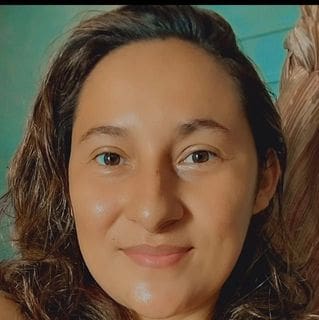
“If you’re dealing with bunion discomfort, do yourself a favor and check out Pro Motion Healthcare. Their team genuinely cares about your well-being and goes above and beyond to provide tailored solutions.”
“If “After trying countless remedies with no luck, I stumbled upon Pro Motion Healthcare. Their bunion braces therapy has been a game-changer for me. Finally, I can walk without feeling restricted by pain.”
